Video Editing Computer Under 1000
10 video editing tips and tricks for beginners

Knowing all the best video editing tips and tricks will benefit you hugely as a creative making videos. As you know, a good edit is as just important as what happens on location, but editing can be a tricky process. This means collecting all the information, tips and tricks you can is a crucial part of your process – to help smooth out your workflow and elevate your results.
Here are 10 video editing tips and tricks to help you out, including how to choose the best video editing software, improve pacing and clarity, and make music work alongside images. These tips can apply to all sorts of videos, including fiction films, personal vlogs, and documentaries, and should help you raise the standard of your video content.
01. Get the right software
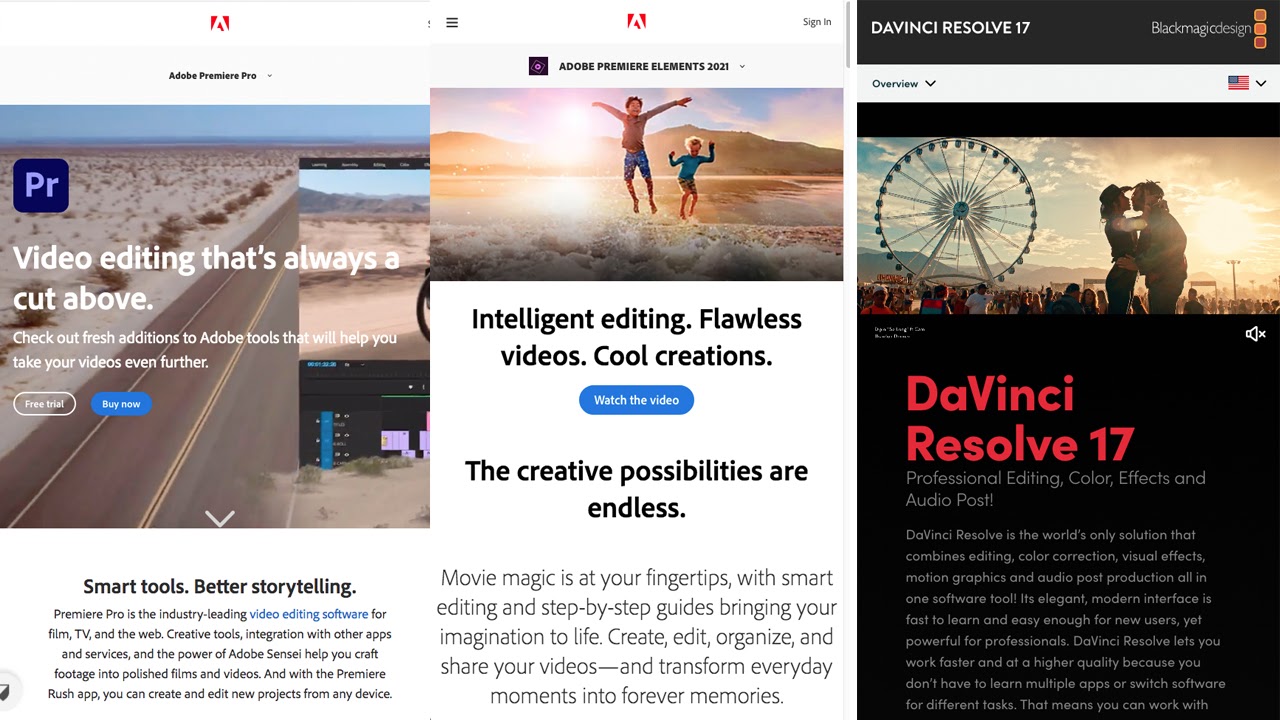
First up on our list of video editing tips and tricks, is getting the right tools. With the plethora of editing software on the market, it's not always easy to know which to use. The most popular applications among professionals include Adobe Premiere Pro, Final Cut Pro, and DaVinci Resolve, but these are complex programs with steep learning curves.
Adobe and Apple do offer simplified versions of their professional software –Premiere Elements and iMovie, respectively – though these have significant limitations. There are also plenty of other options suitable for newcomers, including Filmora and Pinnacle Studio. It's worth trying out a few different software options before settling on one that is right for you.
02. Speed it up
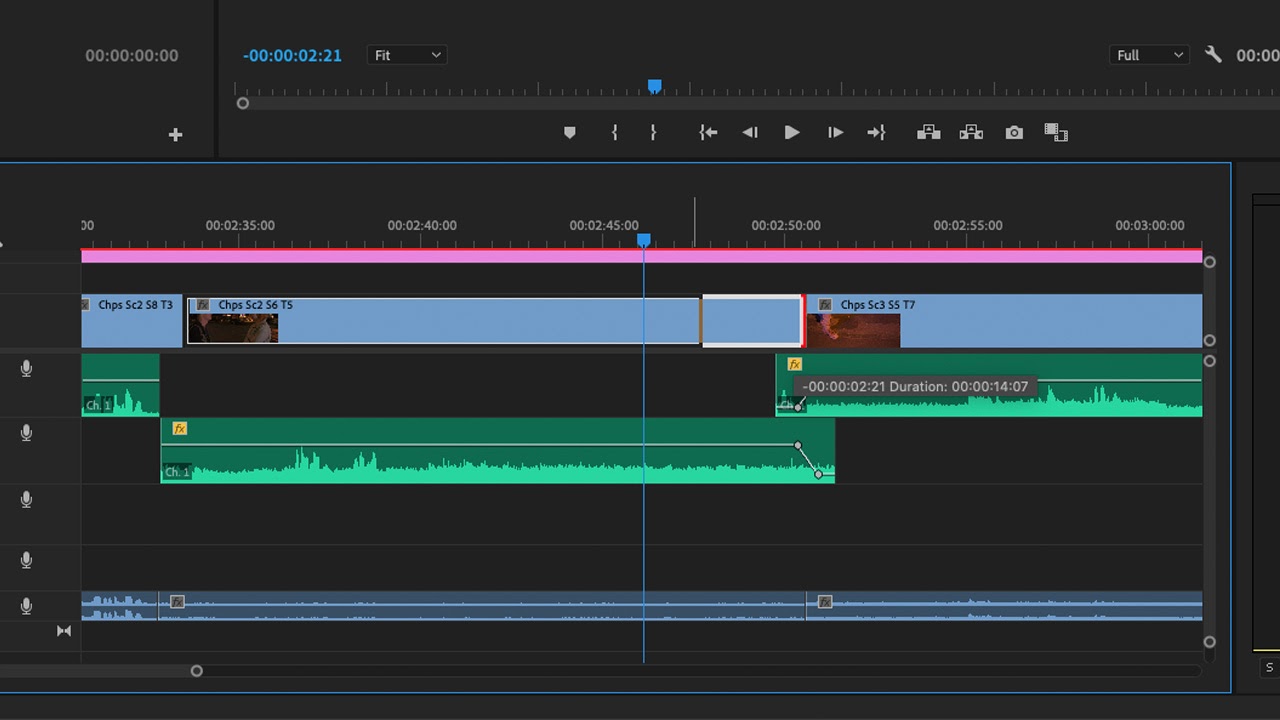
There's a reason that TikTok became so popular in 2020. In our busy, social media-heavy world, people's attention spans aren't what they used to be. The most common criticism aimed at amateur films, and many professional ones, is that they're too long.
That doesn't mean you should cut your half-hour masterpiece down to 30 seconds, but you can certainly improve it by removing anything extraneous. Be brutal with your own work – if a line or a shot doesn't add anything not stated elsewhere, try taking it out and see if the video flows better without it.
03. Cut on action
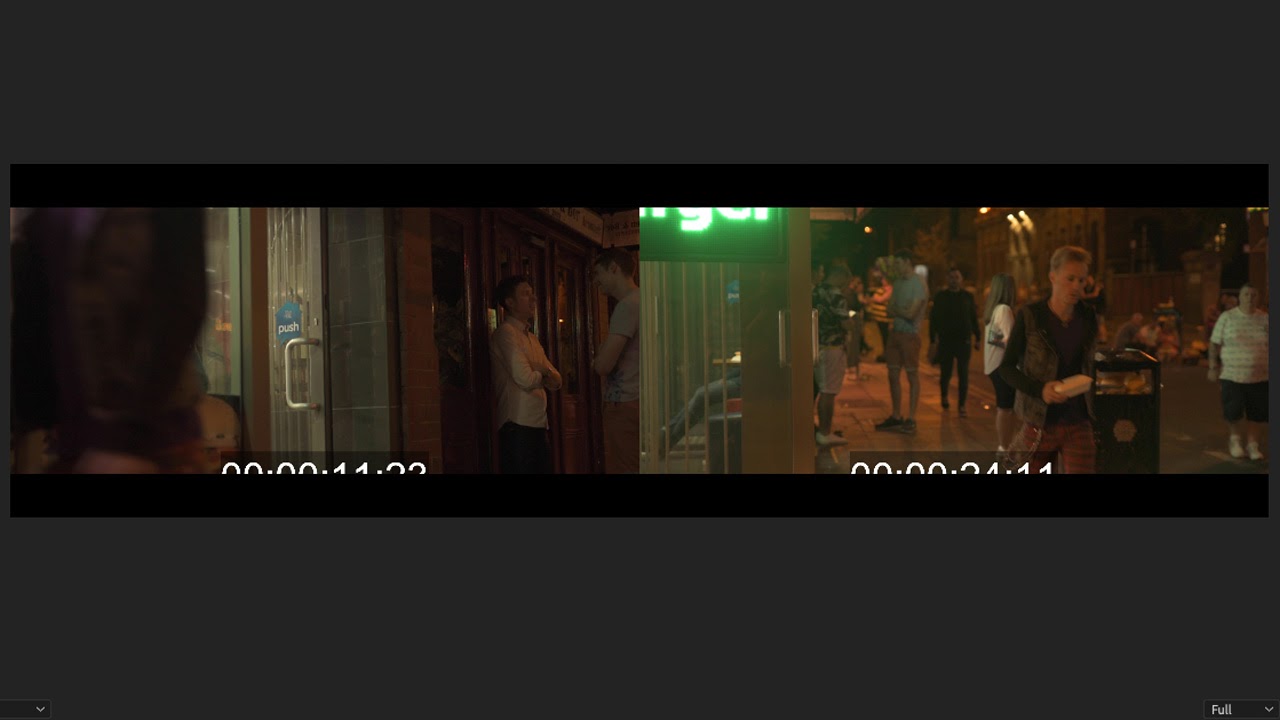
When cutting from one angle on a scene to another, the cut can look jarring. This often happens when you're using different takes, but it can even be a problem when you have two cameras on the same take. One way to make edits look smoother is to cut midway through an action, rather than when things are static.
For example, in a scene where a person walks across a room and sits down, start on a wide and cut to a close-up as they're sitting. This looks smoother and helps cover up slight continuity errors, as the viewer's eye will be distracted by the movement.
04. Cut away from speakers
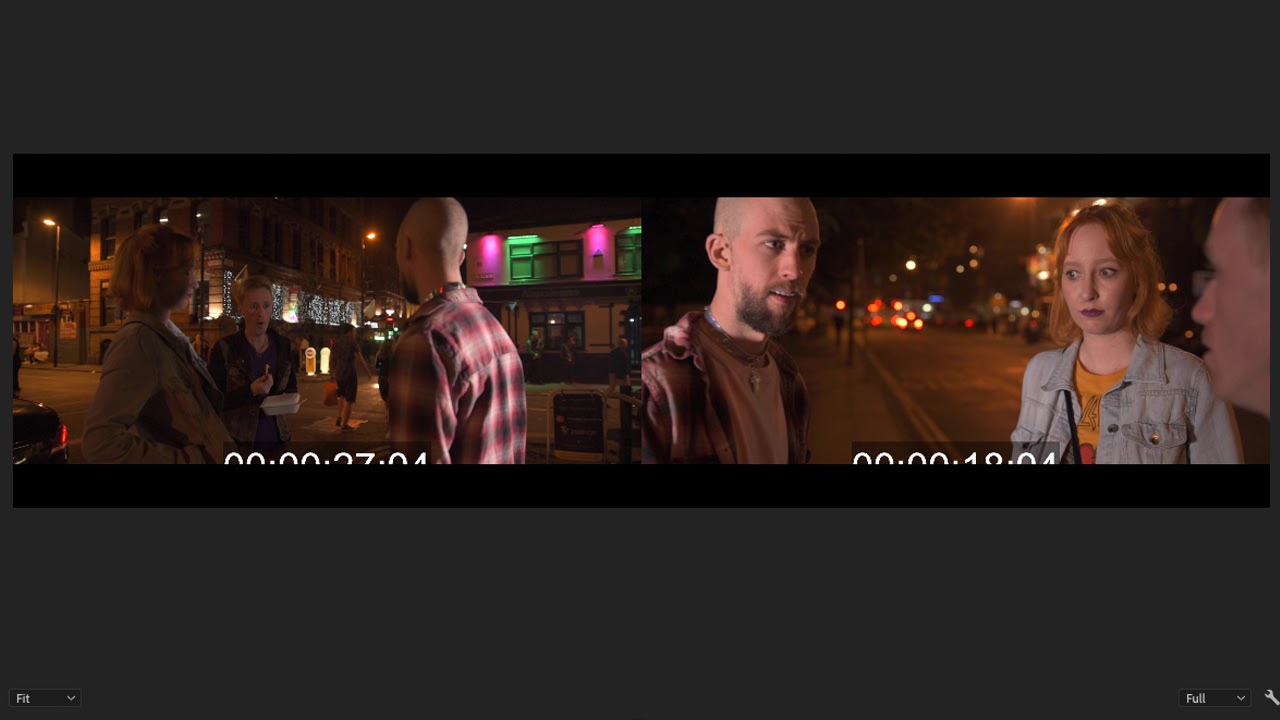
If you linger on one person speaking, your video can look static, so knowing when to cut is a vital entry in our list of video editing tips and tricks. To improve pace, cut away to other visuals as speech continues. For example, when editing a vlog in which you speak to the camera, consider adding B-roll illustrating what you're talking about.
In scenes with two or more people, it's often more valuable to see the person who isn't speaking than the person who is. So, at some point while Person A is speaking, try cutting to Person B. If they give an interesting non-verbal reaction, this can add an extra element, such as enhancing drama or comedy.
05. Learn to use colour
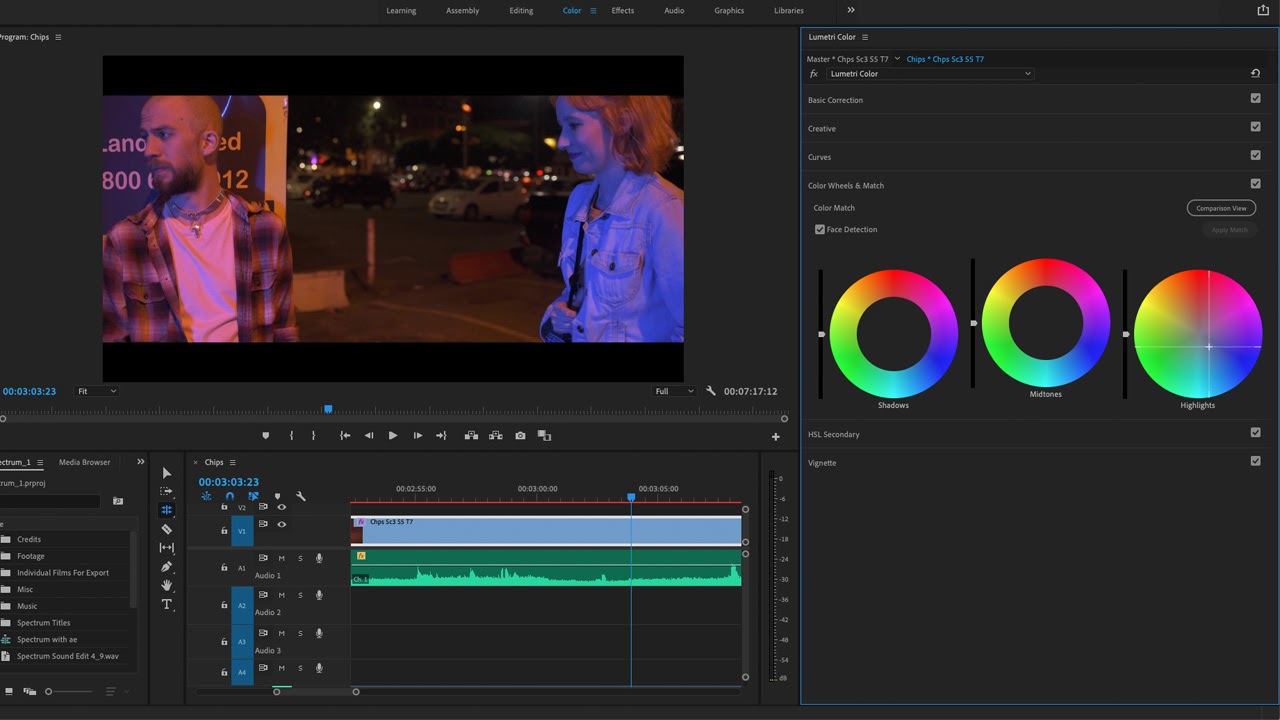
There are two colour editing processes: colour correction and colour grading. Colour correction is adjusting your clips for basic consistency. Shots from two different cameras or ones taken in different lighting conditions can look jarringly different when placed adjacent in an edit. This can often be fixed by adjusting brightness, contrast, and white balance.
Colour grading is the next step, which is giving a scene a particular "look." If you're serious about this, certain high-end editing applications have detailed grading interfaces, but many also make it easy for newcomers with LUTs, which apply a preset style. Think about how your video's tone changes if you give it a colder or warmer look, for example.
06. Cut to music
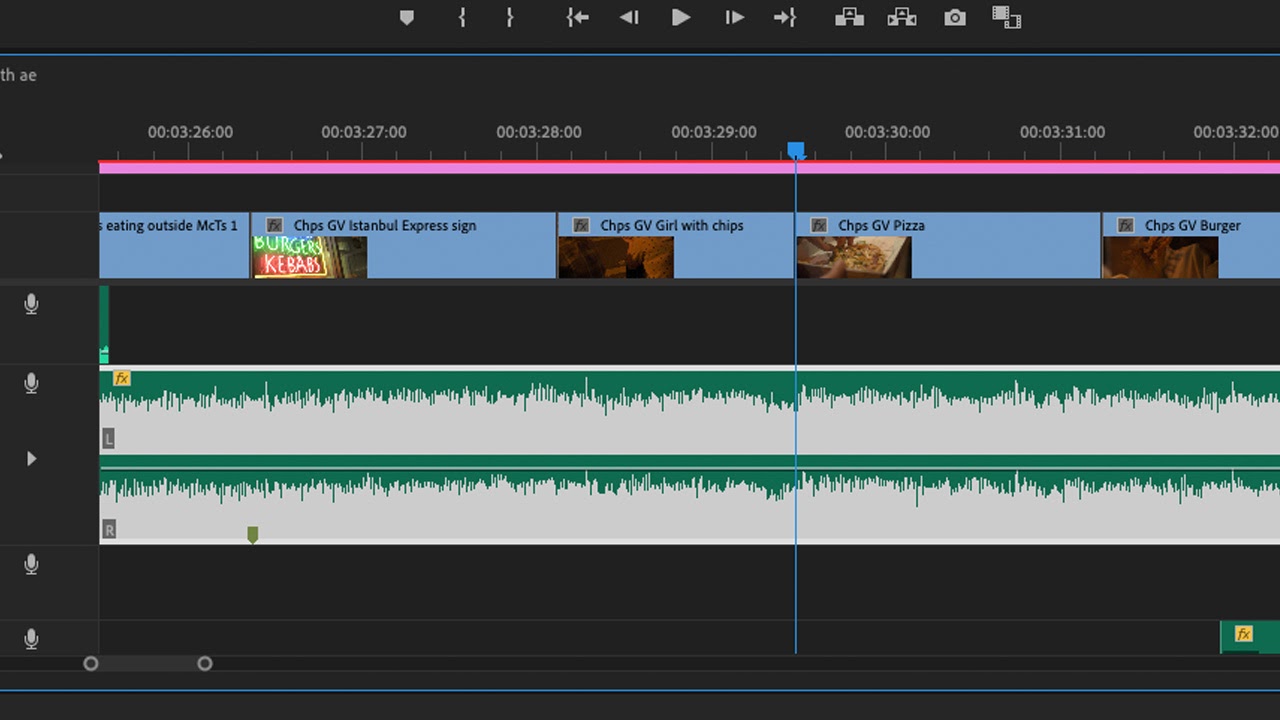
Next up in this guide to video editing tips and tricks is a tip that's all about the music. Setting your video to the right track will boost its energy. But where amateur editors often go wrong is that they don't synchronise the editing with the beat of the music, resulting in jarring cuts.
Try playing the track and tapping your fingers along to the music – on your desk or on the keyboard shortcut to add markers, if your software has one. The points where you tap are the ideal points for the video to cut. You can also look at the audio waveform to help see the peaks to cut on.
07. Balance your audio
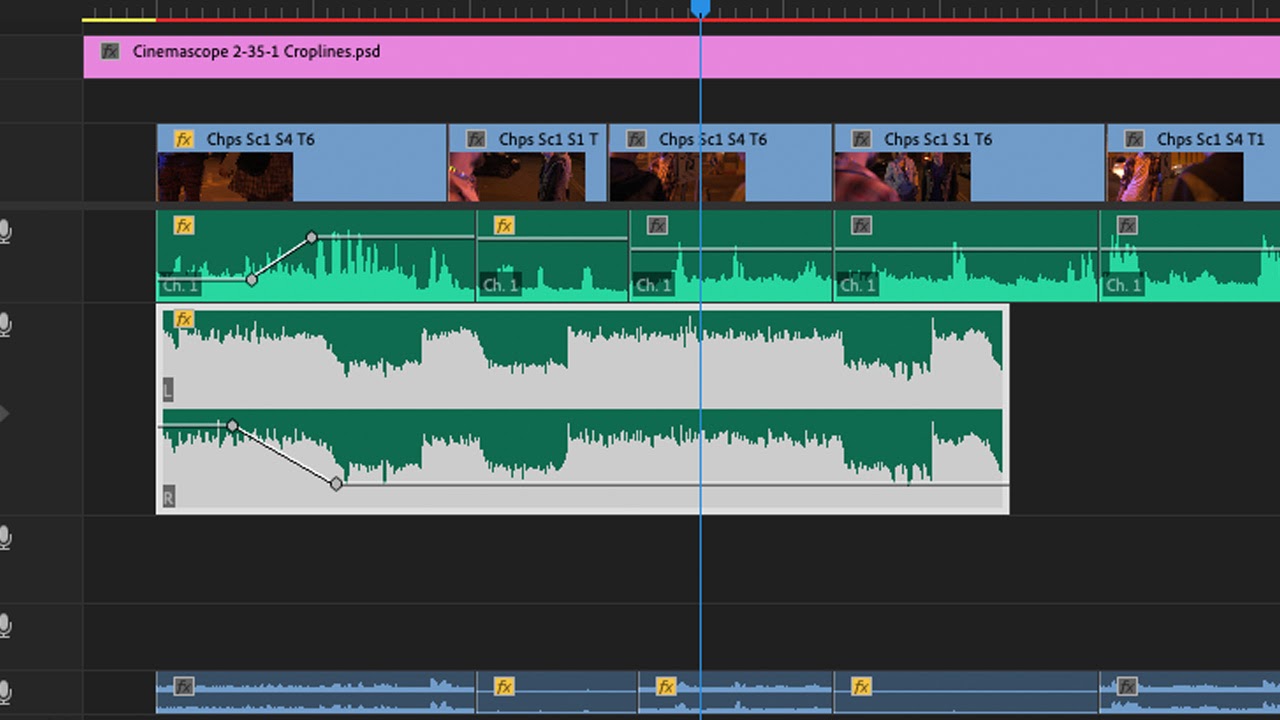
If your music makes it difficult to hear speech, it's doing more harm than good. Another common mistake is putting together different clips that include speech, but at noticeably different volumes. You need to carefully balance your audio.
Balance speech first – mute any other audio, and go through your video adjusting the volume of speech clips so they're as close as possible to each other. Then, adjust other audio elements around the speech. If your software has audio keyframing or ducking, you can use this to lower music volume when someone is speaking and to raise it elsewhere.
08. Check your rights
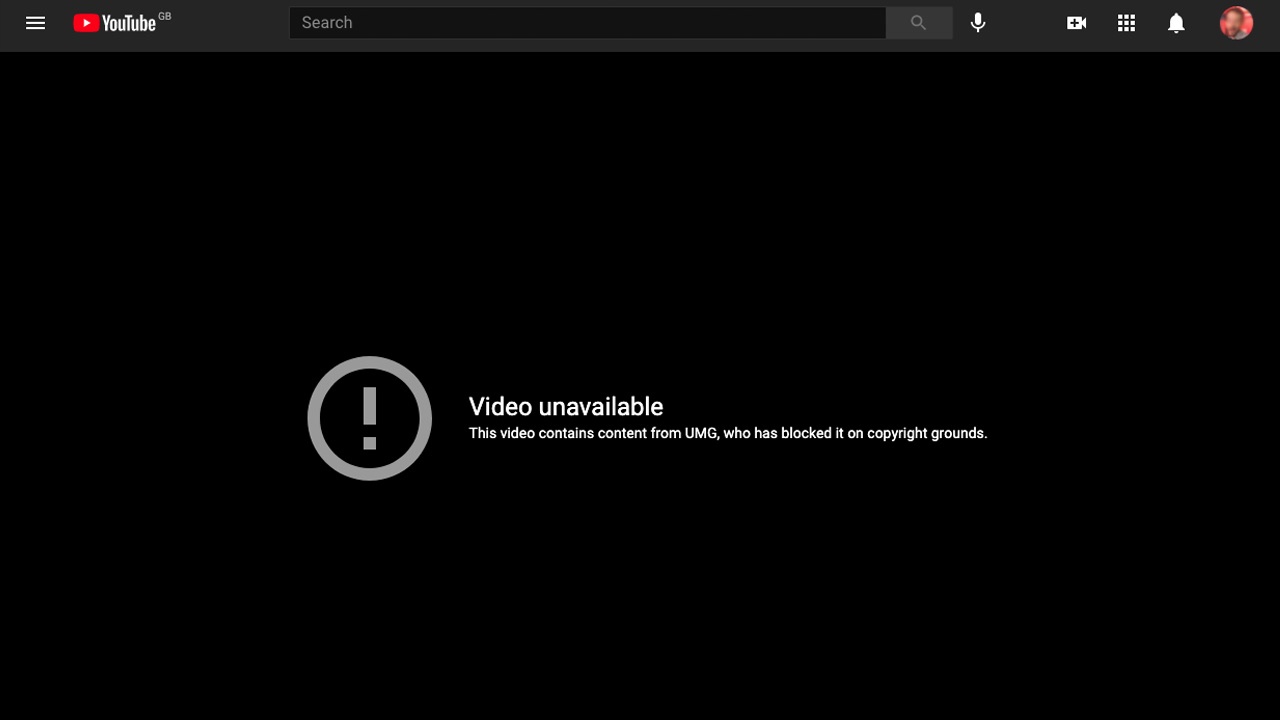
Another common mistake is using songs without appropriate rights. Sites like YouTube and Facebook are increasingly strict in taking down videos that contain copyrighted music, so abandon any hope of being able to use your favourite hit.
Many websites offer royalty-free music, so it's not difficult to find alternative tracks that suit your video. Read the terms properly, though, to be sure you're permitted to use the music the way that you want to. Alternatively, if you have contacts who are musicians, they may be willing to give you permission to use their tracks.
09. Always put story first
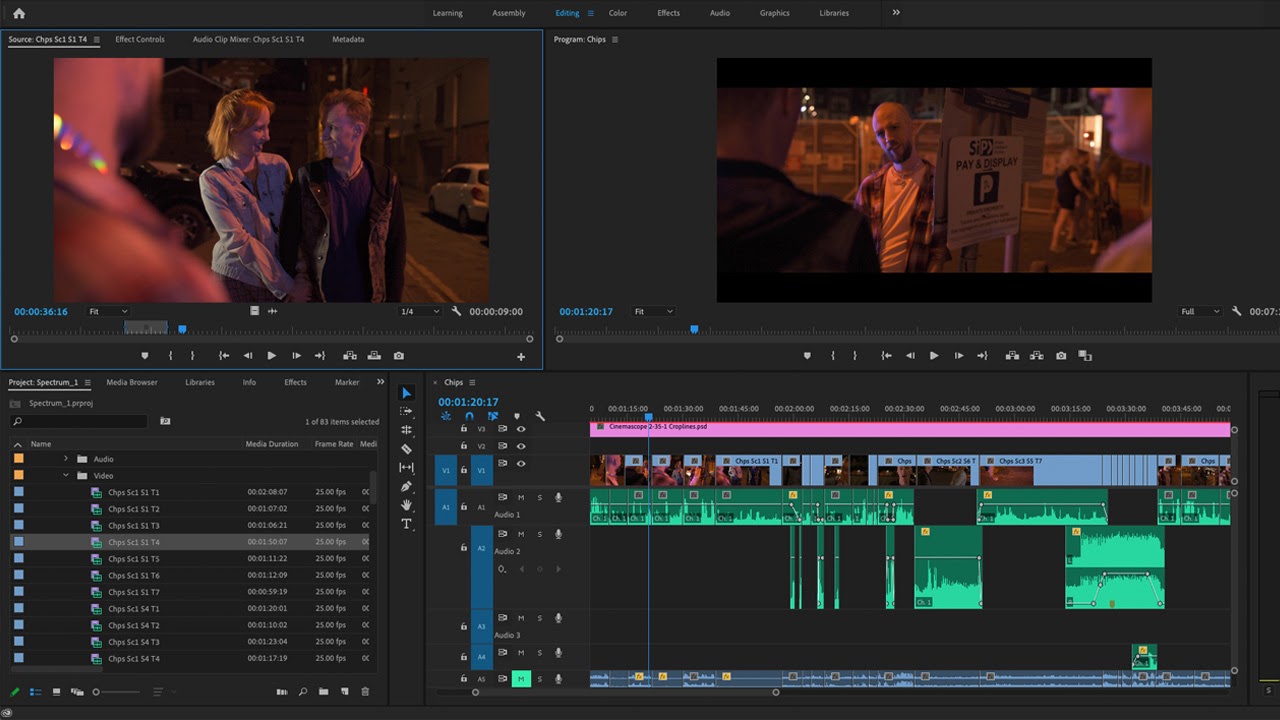
When deciding what shot to use or where to cut – or indeed, any decision that you make in the editing process, always ask yourself how your choice will impact the story. That doesn't just apply to fiction films; from making a political argument to selling a product, all videos tell a story of some sort.
If you're adding an effect just because it looks flashy or choosing clips that look the nicest, know that this isn't necessarily the best approach. In fact, these choices can often distract from the main point. Think about the message that you want the viewers to take from the video, what they should be thinking at each point, and what the best images and sounds to enhance that message would be.
10. Back up your work!
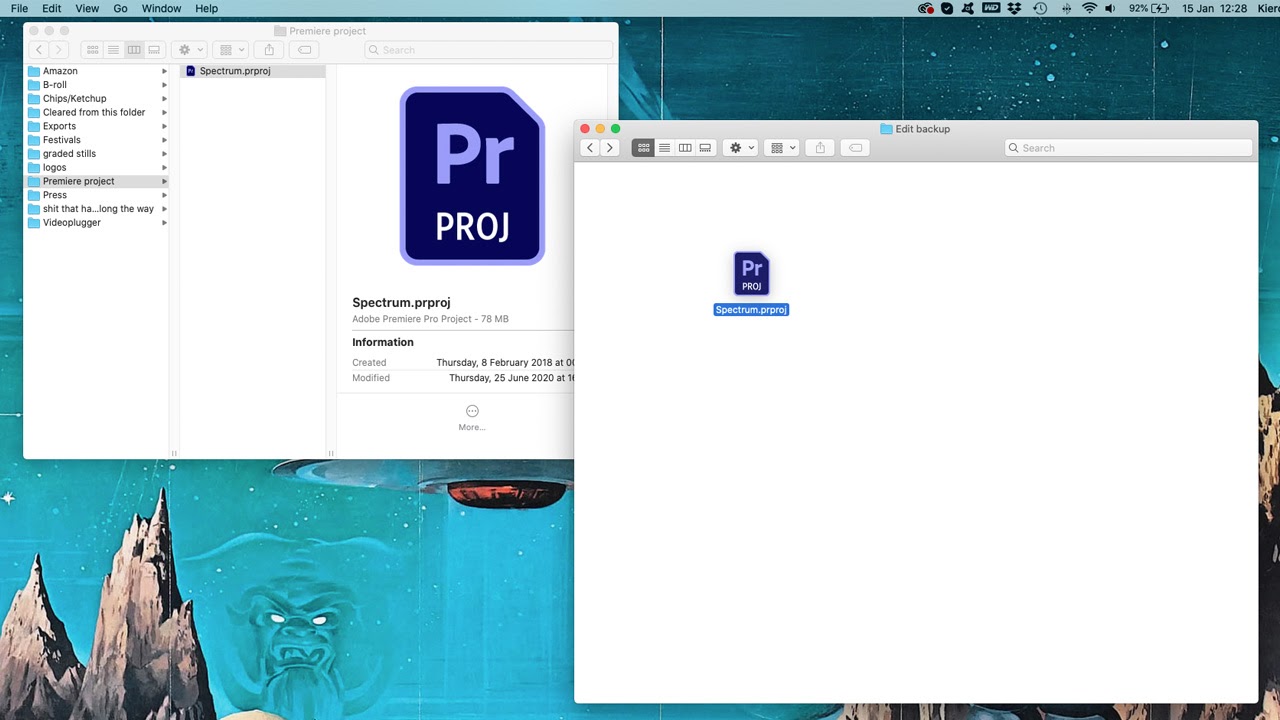
This is the most important of the video editing tips and tricks because if you lose your work, it doesn't matter how well edited it was. Many editing applications make regular automated backups, which is useful – especially for going back to previous versions if you want to backtrack, but not enough. These are usually made to the same drive that your main project is saved on, so if that drive crashes, they won't help.
Ideally, you should be backing up to two additional locations, one of which should not be stored at the same site. Copying your files to both an external hard drive and a cloud server at the end of each session ensures that your files are safe from many things that could go wrong. See our pick of the best cloud storage for options.
11. Keep these tips in mind
Video editing can seem a daunting task at first, but keep these video editing tips and tricks in mind as you go, and you'll soon be editing like a pro. You'll also find it's an incredibly satisfying process, especially when you watch your finished masterpiece.
Read more:
- Best video editing apps: Edit video on the go
- Best online video editing courses: Learn online
- Best laptops for video editing: Get kit powerful enough to handle your process

Kieron Moore is a freelance writer based in Manchester, England. He contributes to Future sites including TechRadar and Creative Bloq, focusing on subjects including creative software, video editing, and streaming services. This work draws on his experience as an independent filmmaker and an independent TV watcher. He can be found on Twitter at @KieronMoore, usually when he's meant to be writing.
Related articles
Video Editing Computer Under 1000
Source: https://www.creativebloq.com/features/video-editing-tips-and-tricks
Posted by: inglesthiblases.blogspot.com

0 Response to "Video Editing Computer Under 1000"
Post a Comment